
The construction of the Mogao Caves started in 366 in the Qianqin Dynasty. In that year, a monk whose Buddhist name was Le Zun wandered to this place, and saw thousands of golden lights on the Sanwei Mountain looking like thousands of Buddhas. Thinking that this place must be a great place for Buddhism, the monk cut the first cave on the rock face. Afterwards, the construction work continued in the following dynasties, and did not stop until the Yuan Dynasty (A.D. 1271—1368).
China's grotto art originated from India. The traditional Indian cave statues are mainly made of stones. However, since the quality of the stones in the Mogao Caves were not suitable for making statues, most figures in the caves are clay statues and frescos. Generally, in the front of the caves are sphere statues, and then are high statues, shadow statues and wall statues gradually, and there are also many frescos, so the art of sculpture and paintings are integrated in these caves. The Mogao Caves had over 1,000 caves in the Tang Dynasty, but now there are only 492, including 32 from the Wei Dynasty, 110 from the Sui Dynasty, 247 from the Tang Dynasty, 36 from the Period of the Five Dynasties, 45 from the Song Dynasty, and eight from the Yuan Dynasty. The main statues in the caves of the Northern Wei Dynasty are usually statues of Sakyamuni and the Maitreya Buddha, and beside a main statue there were usually two attendant Bodhisattvas, or another Buddha, or two followers, or just two Bodhisattvas. The backs of the statues were usually connected with the frescos. On the ceilings and walls of the caves are full of frescos. The figures on the ceilings and higher parts of the walls were usually musicians and dancers of the heavenly palace, and on the lower parts of the walls were usually Yakshas and decorative patterns. In the middle parts of the walls were mainly stories about the Buddha's previous lives as well as Buddhist legends including "Cutting Flesh to Save the Pigeon", "Giving Up Life to Feed a Hungry Tiger" and "Legend of the Nine-Color Deer."
The golden age of the Mogao Caves was during the Sui and Tang dynasties. The Mogao Caves was transformed into a type of central Buddha altar in the Sui Dynasty from a central tower-type in the Northern Wei Dynasty, with the statues being the same as before. The portrait of one Buddha, two disciples, two emperors and two men of unusual strength was carved in the Tang Dynasty. The statues also changed to "plump" from "thin, weak and delicate" in the earlier times. The murals in the caves are mainly spectacular sermon paintings and pictures of stories and interpretations of Buddhist scriptures. The largest statues in the Mogao Caves were all carved in the Tang Dynasty, with the Buddha figure in the 96th cave being the largest. The murals in the Tang Dynasty included various pictures of stories and interpretations of Buddhist scriptures, mainly having five themes.




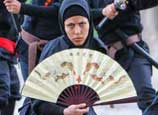

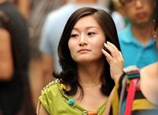
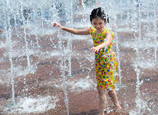

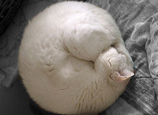
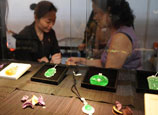







 Rainstorms flood more than 10,000 cars in underground garages in Wuhan
Rainstorms flood more than 10,000 cars in underground garages in Wuhan


![]()
